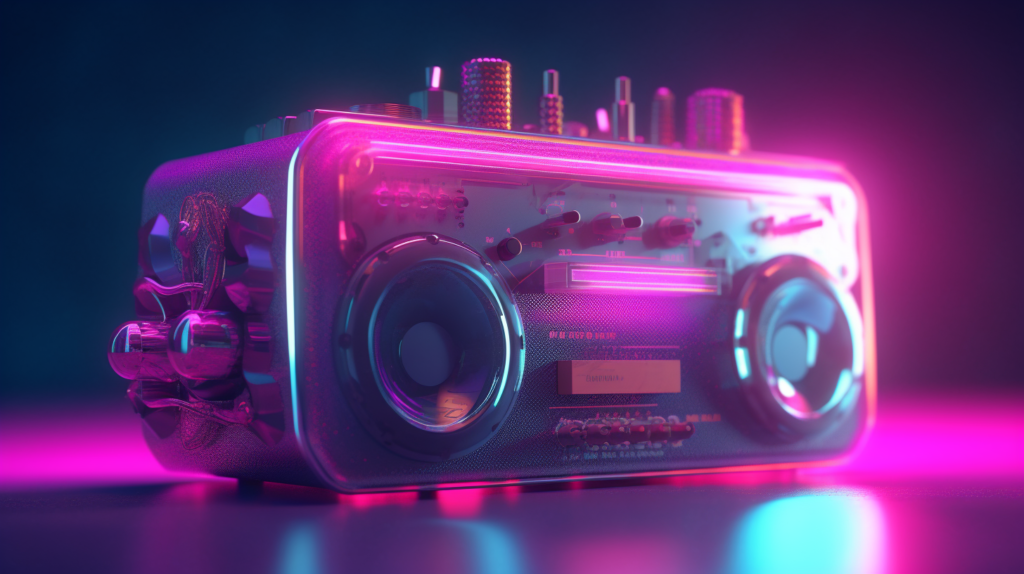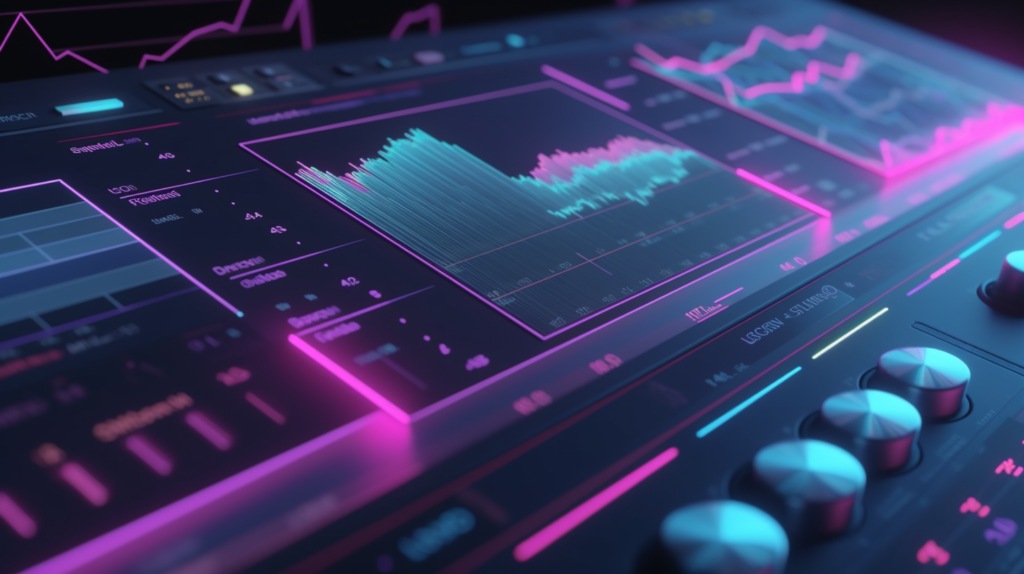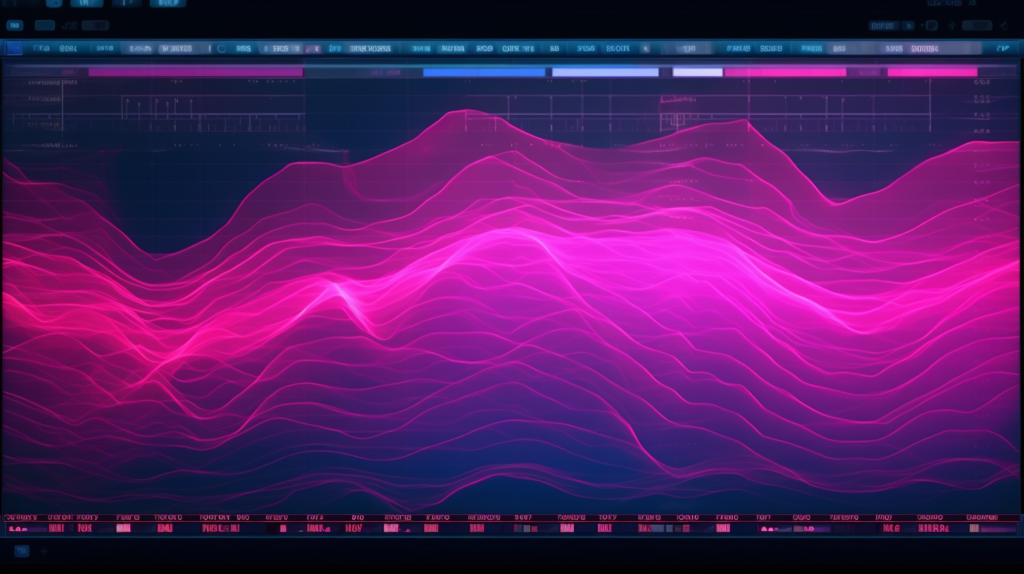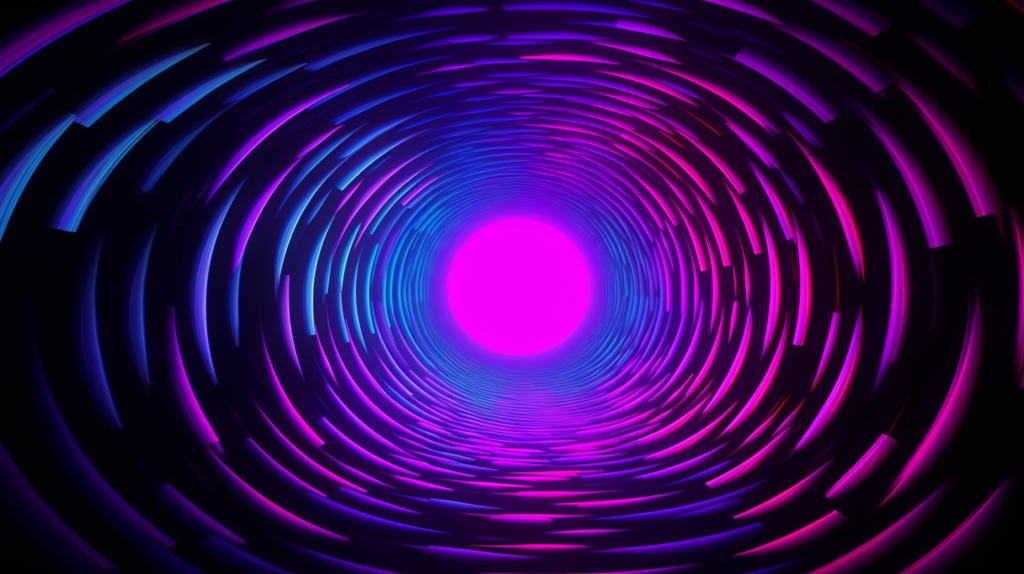
Distortion and saturation are audio processing techniques that can add warmth, character, and excitement to your music production. These techniques were initially associated with analog gear, but digital plugins have now made it possible to recreate these effects in a controlled environment. Using distortion and saturation effectively can be a game-changer for your music, making your productions sound richer and more engaging.
In this guide, we’ll explore the fundamentals of distortion and saturation in music production, including the science behind these effects, types of distortion and saturation, and practical tips for applying them in your projects.
The Science Behind Distortion and Saturation
To understand how distortion and saturation work, we need to look at the science behind them. Both effects are related to the alteration of harmonic content in an audio signal. When an audio signal is subjected to distortion or saturation, new harmonics are added to the original waveform, resulting in a richer, fuller sound.
Distortion typically introduces more aggressive and noticeable changes to the audio signal, while saturation is a more subtle effect that adds warmth and character to the sound. Distortion and saturation are closely related, but they have distinct sonic characteristics that make them suitable for different applications in music production.
Types of Distortion and Saturation
There are several types of distortion and saturation that you can use in your music production. Some of the most common ones include:
1. Tube Distortion and Saturation
Tube distortion and saturation are produced by vacuum tubes, which were commonly found in vintage analog gear. Tube distortion is known for its warm, smooth, and musical character, which can add depth and richness to your music.
2. Tape Saturation
Tape saturation is the result of audio signals being recorded onto magnetic tape. This type of saturation imparts a warm, nostalgic sound that is often associated with vintage recordings.
3. Transistor Distortion
Transistor distortion is produced by solid-state devices such as transistors and diodes. It typically has a more aggressive and edgy sound compared to tube distortion, making it a popular choice for enhancing guitar tones and adding character to drums.
4. Digital Distortion
Digital distortion is a byproduct of digital audio processing, often resulting from overloading or clipping the audio signal. This type of distortion has a harsh, gritty sound that can be used creatively in electronic music and other genres that call for an aggressive edge.
5. Bitcrushing and Sample Rate Reduction
Bitcrushing and sample rate reduction are digital techniques that intentionally degrade the quality of an audio signal. These methods can create interesting lo-fi textures and add character to your production.
When to Use Distortion and Saturation in Your Production
Applying distortion and saturation at the right moments in your production process can greatly enhance the overall quality and character of your music. Let’s delve deeper into some specific situations where these effects can be particularly beneficial:
1. Energizing Drums
Drums are the backbone of many musical genres, and using distortion or saturation can provide them with extra energy, presence, and character. Here are some ways to apply these effects to your drum tracks:
- Kick: Adding subtle saturation to your kick drum can help it cut through the mix while maintaining its low-end power. Experiment with different saturation types to find the one that suits your genre and style.
- Snare: Distortion can add weight and impact to your snare, making it more prominent and assertive. Be cautious not to overdo it, as excessive distortion can make the snare sound harsh or muddy.
- Cymbals: Applying a touch of saturation to your cymbals can make them sound more vibrant and lively, creating a sense of depth and space in your mix.
- Drum Bus: Processing your entire drum bus with gentle saturation can help glue the individual elements together, creating a cohesive and balanced sound.
2. Revitalizing Synths and Virtual Instruments
Digital synths and virtual instruments can sometimes lack the warmth and character of their analog counterparts. Using distortion and saturation can infuse these instruments with a sense of depth and organic quality:
- Subtractive Synths: Applying mild saturation to subtractive synths can help recreate the analog warmth and subtle harmonic content that many producers love.
- FM Synths: Distortion can be used to emphasize the rich harmonics and complex textures generated by frequency modulation synthesis, making your FM synth patches more expressive and engaging.
- Sample-Based Instruments: Saturation can help reduce the sterile and lifeless quality sometimes associated with sample-based instruments, giving them a more natural and dynamic feel.
3. Enhancing Basslines and Low-End Content
Basslines and other low-end elements are crucial for providing a solid foundation in your mix. Distortion and saturation can be used to enrich these elements and improve their audibility on various playback systems:
- Bass Guitar: Adding subtle distortion to a bass guitar can introduce upper harmonics, making it more present and defined in the mix. Experiment with different distortion types to find the one that complements your bass tone.
- Synth Bass: Saturation can provide synth bass patches with added warmth and character, enhancing their overall impact and presence.
- 808s and Sub Bass: Using distortion carefully on 808s and sub-bass sounds can generate additional harmonics, allowing them to be more easily heard on smaller speakers without sacrificing their low-frequency power.
4. Polishing Vocals
Vocals are often the centerpiece of a track, and applying distortion or saturation can help them shine even brighter:
- Lead Vocals: A touch of saturation can add warmth, presence, and depth to your lead vocals, making them stand out and sit more comfortably in the mix.
- Backing Vocals: Using saturation on backing vocals can help them blend seamlessly with the lead vocal, creating a more cohesive and harmonious overall sound.
- Vocal Effects: Distortion can be used as a creative effect on vocals, adding grit and attitude to specific sections or phrases for added impact.
5. Creative Sound Design and Texture Enhancement
Distortion and saturation can be powerful tools for sound design, allowing you to reshape and transform your audio in unique and interesting ways:
- Atmospheres and Pads: Applying varying amounts of distortion and saturation to atmospheric sounds and pads can create evolving textures and timbres that add depth and complexity to your productions.
- Sound Effects: Distortion can be used to intensify and exaggerate sound effects, giving them more impact and prominence within your track.
- Layering: Use saturation and distortion to blend and meld different sound sources together, creating new and original sonic textures.
- Resampling: Process your audio with varying degrees of distortion and saturation, then resample and manipulate the results to create entirely new sounds and elements for your productions.
When applying distortion and saturation in your music production, it’s crucial to trust your ears and intuition. These are general guidelines, and the specific techniques and amounts you use will depend on the context of your track and the desired outcome. Experimentation is key to finding the perfect balance and achieving the sound you envision. By understanding when and how to use these effects, you’ll unlock new dimensions in your music, creating richer and more engaging productions.
Tips and Tricks for Applying Distortion and Saturation
Here are some practical tips for using distortion and saturation effectively in your music production:
1. Use Parallel Processing
Parallel processing involves blending a distorted or saturated signal with the original, unprocessed signal. This technique allows you to maintain the clarity and dynamics of the original sound while adding warmth and character.
2. Start with Subtle Amounts
Less is often more when it comes to distortion and saturation. Start with subtle amounts and gradually increase the effect until you achieve the desired result. Overdoing it can quickly lead to a muddy and unpleasant mix.
3. Know Your Plugins
There are countless distortion and saturation plugins available, each with its own unique sound and character. Spend time getting to know your plugins so you can choose the best tool for the job.
4. Experiment with Automation
Automating distortion and saturation can create dynamic and evolving textures. Try automating the amount of distortion or saturation, the mix level, or other parameters to add movement and interest to your productions.
Best Distortion and Saturation Plugins
There are numerous distortion and saturation plugins on the market, each offering unique features and capabilities. Some of the best options include:
Try experimenting with different plugins to find the ones that best suit your needs and workflow.
Cheatsheet for Producers
| Situation | Suggested Technique | Tips |
|---|---|---|
| Enhancing Drums | Distortion / Saturation | Use parallel processing and subtle amounts |
| Warming Up Synths | Tube Distortion / Saturation | Start with subtle warmth and adjust to taste |
| Adding Harmonics to Basslines | Distortion / Saturation | Use low-frequency-focused distortion or saturation |
| Vocals | Saturation | Apply subtle saturation for warmth and presence, avoid excessive distortion |
| Creative Sound Design | Distortion / Saturation | Experiment with different types and amounts, try automating parameters |
When applying distortion and saturation in your music production, it’s crucial to trust your ears and intuition. These are general guidelines, and the specific techniques and amounts you use will depend on the context of your track and the desired outcome. Experimentation is key to finding the perfect balance and achieving the sound you envision. By understanding when and how to use these effects, you’ll unlock new dimensions in your music, creating richer and more engaging productions.





